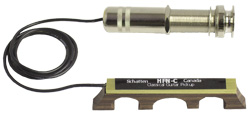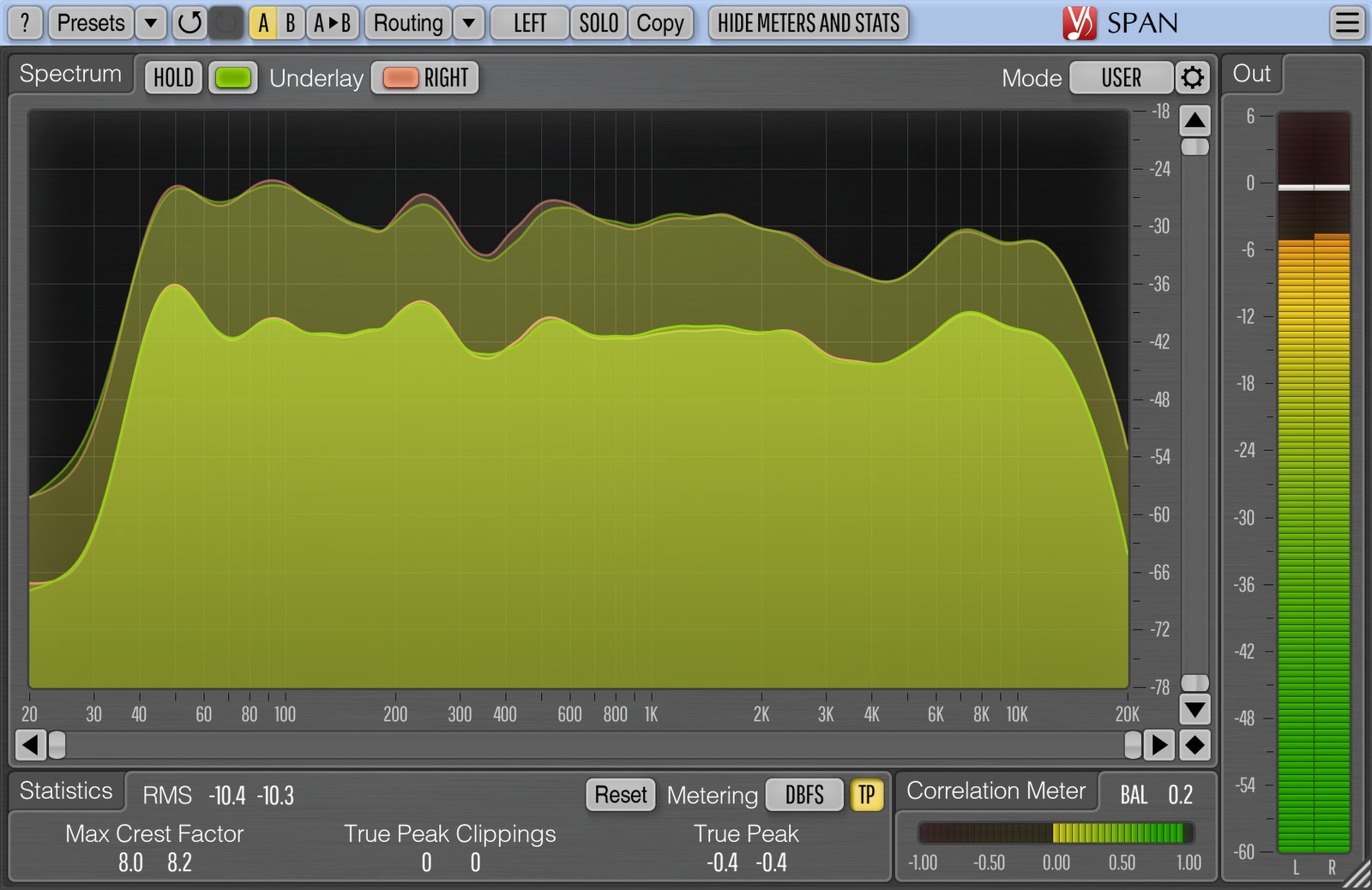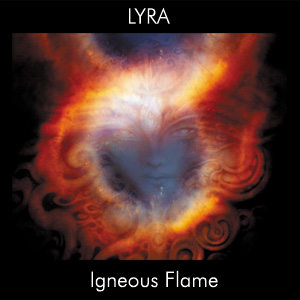
|
Lyra Process Log
November 2011
(for the 'technically interested')
Background:
Originally intended as a primarily guitar album. I was very much trying to do something in the mould of David Sylvian's 'Gone to Earth' album. However, 'Lyra' turned out very differently. For one thing, percussion was intended to be featured heavily on this album - that didn't materialise, as didn't extensive ebow soloing either, amongst other things.
Timeline / Duration:
'Lyra' was roughly a year in the making. I had released my previous albums 'ION' and 'Orcus' in October 2010 and started on this new project around that time. Whilst working on 'Lyra', I was also working on a number of other projects - the 'Igneous Flame Youtube videos project'
and the 'Jazz-electric'
Approximately 11 months was spent experimenting and making drones, textures and guitar 'sketches'. This was done on the back burner, so to speak, whilst working on the other projects mentioned.
I amassed 30GB of 'soundage', loosely split into 19 tracks, one of which ended up as the free track 'Aeon'.
Aeon by Igneous Flame
Up to 140 soundfiles were in the 'pool' of sounds allocated for each track. From this large amount of source material, I ended up using probably 35% for the final tracks, the rest not making it to the finished album. I made some rough and ready compositional 'sketches', pretty much to group the sounds together at this stage.
It was a case of getting to a point where things were ready and spending an intense / concentrated period of time to really start to work to complete the material. With hindsight, the 'fallow' period (experimenting and making sounds) was still equally important - even though it didn't seem like that at the time.
So, I had some rough tracks grouped together. I then spent one month of intense work (end of July 2011) working on the the final compositional stage. This involved spending three weeks undertaking three stages of re-working. I would listen to each of the work-in-progress tracks, make notes (hand written notes worked well here) on what wasn't working / technical issues and then make the required changes. I then repeated this process again - and again !
Also, I listened to the work-in-progress tracks on my mp3 player whilst walking in the local woods to get a 'feel' for the material. This was actually an important element to the whole process (see press release) and being able to listen to them in a different way to the intense way I'd been listening to them on the computer was quite important.
After that, I spent a further week working on the mastering stage and making final changes.
Lastly, I spent another week or so visual checking (see 'Mastering' section below) / track listing / naming / deciding which disc to put which tracks on. I'd realised that this would be a double album release and as I wanted to release the album on CD (CD-R), I had to edit some of the tracks to get the total duration to be under 80 minutes.
The value of keeping a log / diary has been invaluable for me to be able to go back and to refer to things that I would have forgotten if I hadn't wrote them down. I used to keep an electronic document, but the pen and paper approach I found to be much easier to reference and annotate.
New approaches / tools:
I decided not to use my trusty old version of Adobe Audition as I have for all my other Igneous Flame albums, as I wanted to break patterns / keep things fresh.
Instead, I used FLstudio (version 10.02). I took advantage of FLstudio's automation, PEQ2 - Parametric EQ (many instances of), non-destructive editing, loop recording, timeline sync, Edison editor etc.
Also, the majority of the synth chordal stuff was created in FLstudio's pianoroll.
For MIDI stuff, I used the Korg nanoseries2

I like these diminutive units for their size and features, I used them as follows:
nanoPad - used the XY pad primarily
nanoKontrol - used for synth knob fiddlings and for controlling Deckadance (see below)
nanoKey - used towards the end of the project, good for a cramped desk space.
Imageline's Deckadance

Actually a program for DJs, I used it for its very interesting looping capabilities (with nanoKontrol acting as controller) - differs from 'sound on sound' approach in that interesting poly-rhythmic / tonal shifts can be created.
Rob Papen Delay - used towards end of project - very flexible.
Shortcircuit - very good free sampler. 'Live' comb filterings / 'vowelisms' and sample manipulator.
Sound Sources:
Electric guitar - modified Yamaha Pacifica 112 with Fender Lace Sensor pickups.
Ebow used for solo parts.
Nylon string guitar - Cuenca Model 40 (1983) with Schatten HFN-C pick-up.

All guitar parts were recorded in FLstudio (24 bit) and selections were later imported into Deckadance, creating interesting looping patterns / arrangements that I recorded 'live' - almost like playing an instrument in a sense, and editing later.
Synths (vsti)
Native Instrument's Prism was used predominantly, with self-programmed patches. The FX section of Prism was also employed.
Lounge Lizard was used for rhodes emulations and Synplant

was used for melodies / basslines. Various other synths were used sparsely, the majority of the synth sounds were extensively processed.
Processing:
I employed less spatial processing than I've used on my recent albums and concentrated more on creating long soundfiles from live 'noodlings' (parameter changes with the nanoKontrol) that were heavily edited to extract the more interesting elements. I was looking to achieve slow changes over time - minutes rather than seconds.
All reverberations were created by 'custom reverbs' that I made from processing selected Impulse Responses. I used FLStudio's 'convolver' convolution reverb plugin for this. The creation of these impulses was quite a mini-project in itself !
Production:
A 'clean' approach was taken - no compression or maximising was used in the mastering process, in order to preserve dynamics. The average dynamic range = TT DR approx = 12 (which is apparently pretty good !), according to the good folk
Here.
Track overview:
Disc 1: (Synth) grouped as primarily synth based
Disc 2: (Guitar) grouped as primarily guitar based
Mastering:
24 bit exports were used in the mastering process. I used a combination of Shure E500 earbuds through a Neco soundlab headphone amplifier.
(Soundonsound review)

I was listening for distortions, clicks, pops, noise etc. This combination is very revealing. Incidentally, headphones were used throughout the whole album process - Sennheiser HD280s through an Aune DAC

Spectral analysers were used in abundance - Voxengo Span (free),

FLstudio's Edison spectral display and Audition's realtime FFT display and spectral view. Last but not least, I used
Har-bal

which I find to be invaluable for addressing frequency response anomalies over the duration of a track.
Getting rid of peaky resonances is (and always has been) a big part of the mastering stage for me. Using these analysers whilst listening to the material (particularly Audition and FLstudio's PEQ2), I was able to write down the frequencies that were booming / howling and use lots of instances of PEQ2 to attenuate them (usually high to very high Q cuts).
Final visual checks for clicks - Edison / Audition spectral displays zoomed in greatly and scrolling throughout the waveform to track any remaining clicks down and 'fixing' them in Audition.
Please note this log documents how I made 'Lyra'. Perhaps it's not 'correct' from a conventional wisdom point of view, but it is a process that worked for me on this project.
Hope someone finds this to be of interest !

